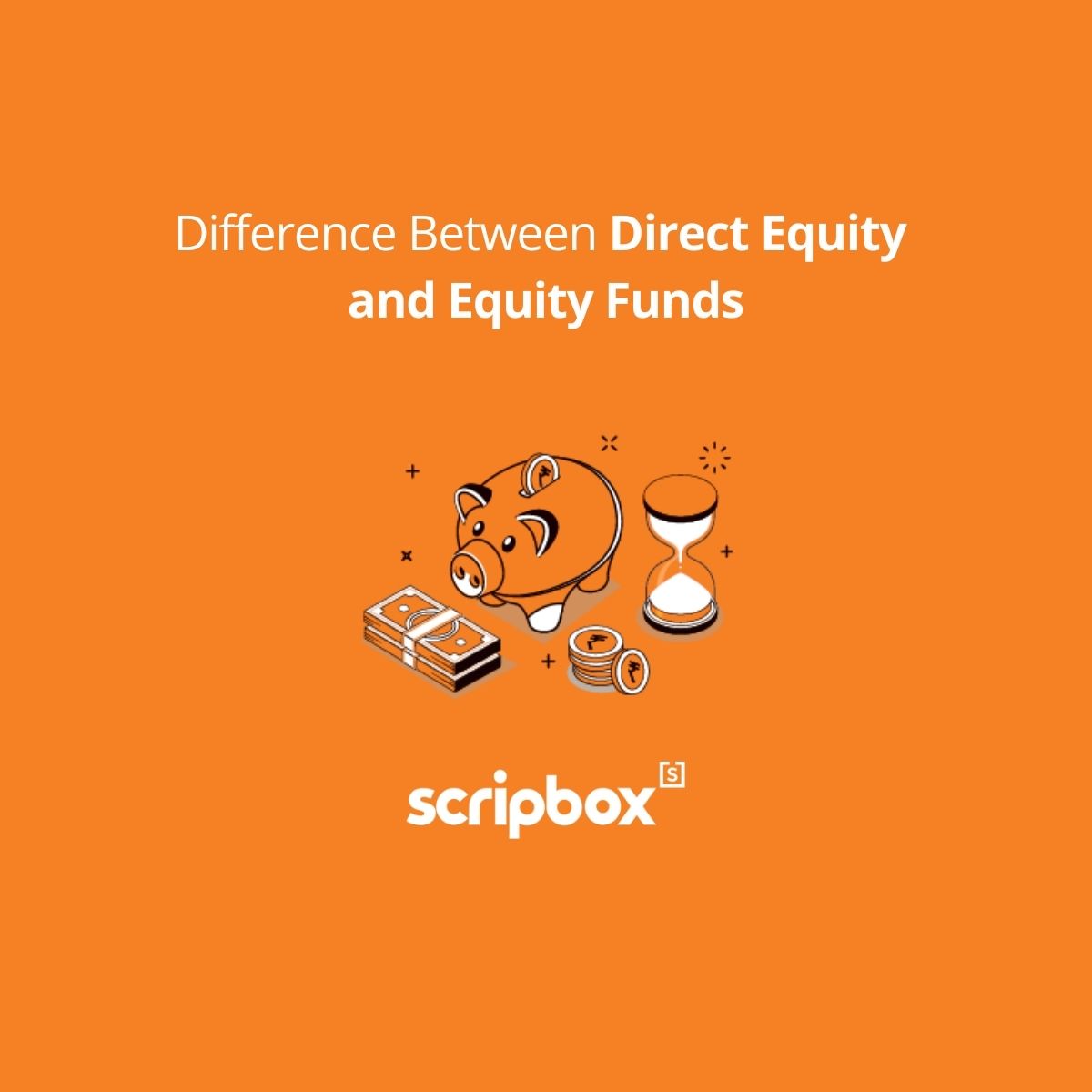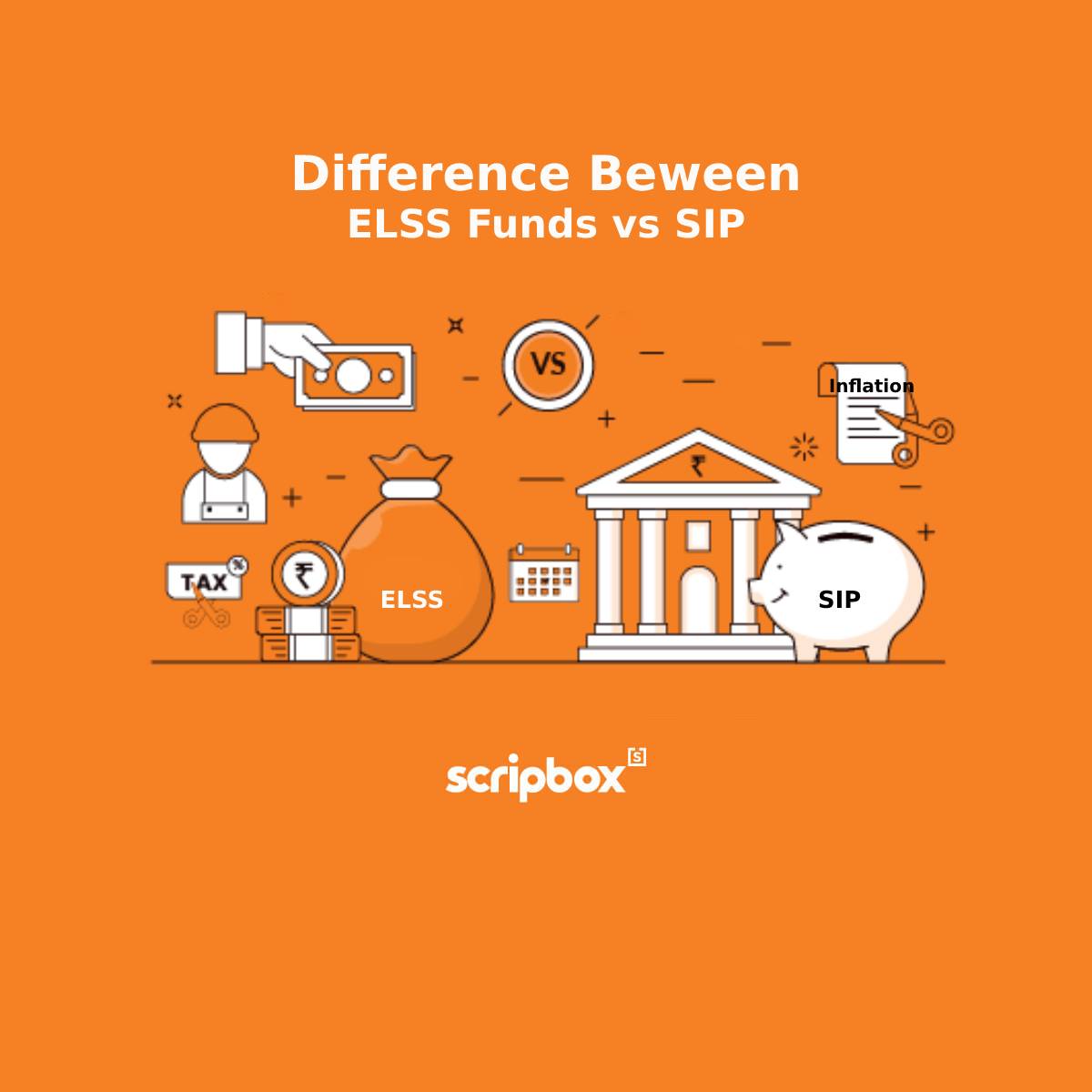Are you worried about your insurance products? Do you think you don’t need your current insurance policy? Or did your agent convince you to buy a policy and now you feel it’s not suited to your need?
If you are among those investors who buy insurance policy at the end of the financial just to save tax, then you are in deep trouble. You would just end up buying a policy that wouldn’t suit you, in a hurry. However, this doesn’t mean you need to be stuck with the policy through its entire tenure. Expect for term plans, all insurance policies charge an additional cost for early withdrawals. Read on to know when and how you can exit the insurance policies that you don’t require any more.
Exiting in the initial phase of the policy
- Free look period: Free look period is the time given by the insurance companies to the policyholder to rethink about their purchase decision. This is 15-days from the date of purchase. If you feel that the policy was sold wrongly, or are not happy with the policy you can request for a premium return. Premium amount is returned after deducting the medical test charges, stamp duty and service charges.
- Letting the policy lapse: The only way to exit policy is to let the policy lapse if you have missed the free look period. The insurance companies do not provide an exit option in the first three years. Stop paying premiums and the policy will lapse automatically. Remember, when the policy lapses, you’ll not get anything. You’ll lose all the premiums paid earlier. While for term plans, there is no exit option beyond the free look period, hence its best to let it lapse.
Exiting after three years
The following exit options are available upon completing three policy years:
- Surrendering the policy: Voluntary termination of the insurance policy before its maturity is policy surrender. The insurer pays you lump sum amount knows as surrender value or cash value upon surrendering the policy. All the regular premiums that you pay, a part goes towards investment and the remaining towards life cover. The invested portion accumulates as the cash value during the policy and net of it is paid upon surrendering. Cash value accumulates as long as the policy exists. While in the early years this value would be low, as it gets closer to maturity the value increases. The guaranteed surrender value of 30% of the total premiums paid subsequent to the first year is guaranteed by the company.
- Letting the policy becomes paid up: This option saves you from completely exiting the policy. In this option, you can discontinue paying your premiums and your policy wouldn’t become void. It will continue with reduced sum assured, which is known as the paid-up value. All future bonuses, dividends and additional benefits will be lost in such a policy. However, bonuses accrued in the first three years will be paid upon maturity.
- Timing the Market: While exiting a unit-linked plan, your unit will be redeemed at the current NAV i.e. the value on the date of redemption. Try to understand the market sentiments and avoid selling if the markets are low.
When should you hold on to the policy
Insurance policies especially unit linked plans, prove to be more rewarding in the long term. In case you are closer to maturity with around 3-5 years remaining, it is wise to hold on. If you are planning to reinvest the money withdrawn, make sure you choose the right products. The new product should earn superior returns and also recovers losses from exiting the insurance policy.
Moreover, do not exit life insurance, if you do not have any other. It’s important to have your life covered at all times.
What’s best for you
Term Plan with mutual fund investments. Its always advised not to mix insurance and investments. Term plans are the cheapest of all the insurance policies. They do not have any hidden charges. They have lower premiums and proved a larger insurance cover. While in case of ULIPs and Endowment plans, premiums are high and have additional charges and fees. Investors are usually unaware of these additional fees and charges. They do not take the pain of reading the policy documents which clearly state these charges.
A term plan with mutual fund investments is suitable because of its lower and transparent cost structure.
ULIPS have limited fund options to choose from. If the funds offered, underperform, the investor doesn’t have an option to exit and invest in other high return funds. While, shifting between funds is easy, with mutual funds. And, there are thousands of options available to invest in.
Endowment and money back plans offer simple interest, which is the biggest drawback. While with Mutual Funds or PPFs you earn compound interest. The traditional policies have high exposure to debt products, which affect the returns. When investing for the long term, equities are investors best friends.
Learn: how to invest in mutual funds.
Conclusion
All traditional insurance products are costly. Exiting from insurance-cum-investment policies is not free. Therefore, if it’s not been too long that you have invested in one such insurance policy, it’s wise to exit and take the losses upfront. For insurance, take a term plan and invest in mutual funds for your money to grow to achieve your goals.
Resource Pages
- Best Investment Plan to Invest in India
- Best Performing Mutual Funds in India
- Best Tax Savings Investment Plans
- Latest Nav for all Mutual funds
- How to Calculate Yield to Maturity


















Show comments